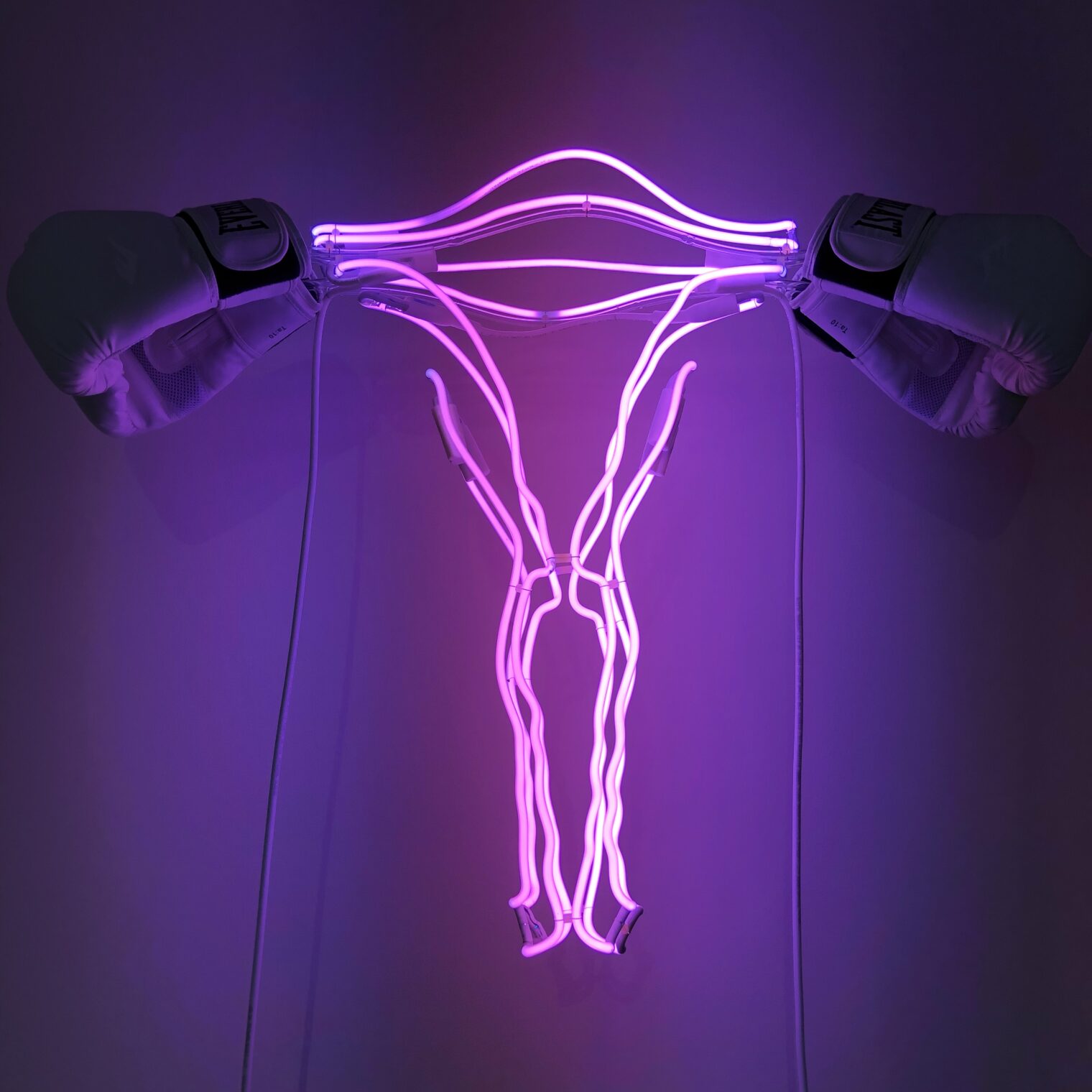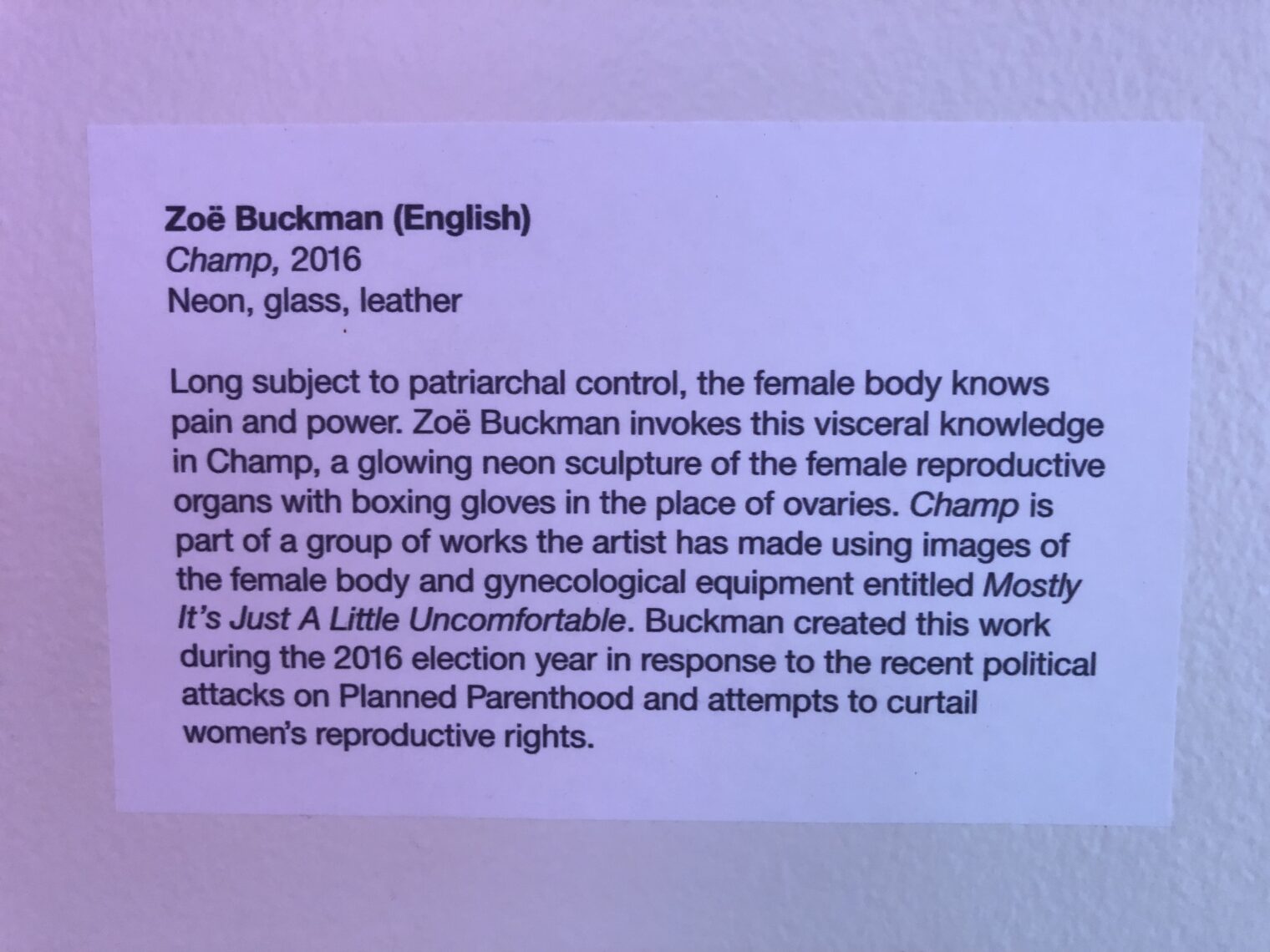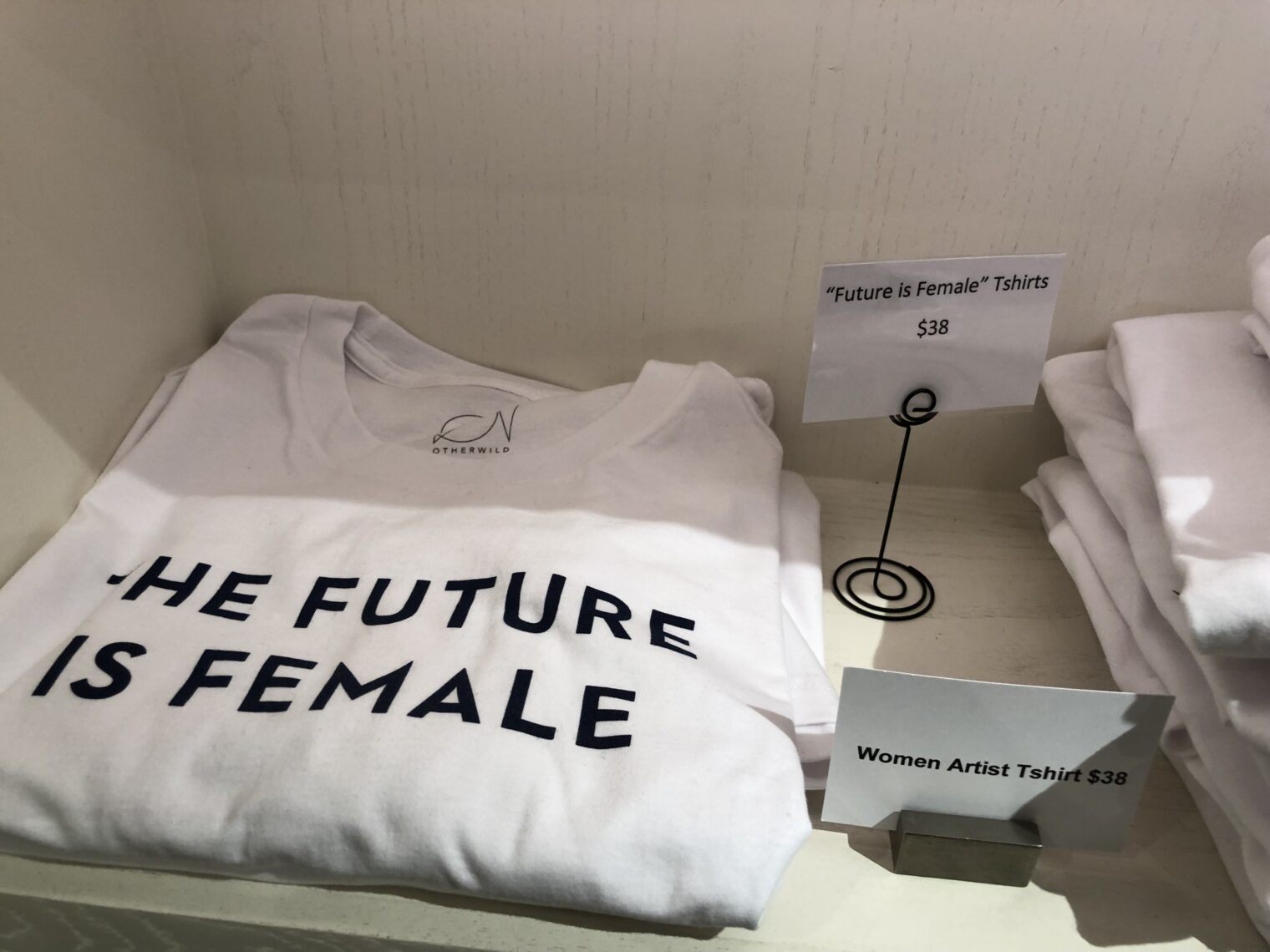Add some Martin Amis to your summer reading list?
One of our greatest modern writers, Martin Amis, died recently (New York Times). Cancer got him at age 73. I didn’t know this until I saw his obituary, but he was our neighbor here in Palm Beach County, Florida.
I wrote about one of his books here: Lionel Asbo by Martin Amis. Excerpt:
“DILFs, Des. All divorcees. The lot of them! You know how they do it? First they— first they get theyselves hitched to some old banker for ten minutes. Then they independent for life! And oh, they in gorgeous nick, Des. Superb. And I said to her, I said to this DILF, How old are you anyway? And guess what she said.” “What.”“Thirty-seven! Which means she’s probably forty-three! Think. She’s almost Gran’s age— and there’s not a mark on her. Pampered all they lives, they are. Beauty treatments . Massage. Yoga.”
My notes on one of Amis’s most famous books, The Information:
MIT kids graduate with a profound sense that the world is and should be a meritocracy. There is always then that horrible moment when they are forced to confront the fact that the best things in life go to the ass-kissers and incompetents with big PR budgets. This book is for them. It is about Richard Tull, a brilliant writer of modern fiction. His books are so great that that they are not only unreadable but actually make readers too ill to finish. He starves while watching his friend Gwyn Barry make millions writing tripe with a sentimental appeal.
(I wrote the above 20 years ago and I don’t think the first sentence is true anymore. Young Americans are constantly reminded that there is nothing meritocratic about U.S. society, in which success is primarily based on privilege. Martin Amis, the famous writer son of famous writer Kingsley Amis, actually reinforces this point (unless we think that writing ability is heritable.))
In June 2008, Amis endorsed the presidential candidacy of Barack Obama, stating that “The reason I hope for Obama is that he alone has the chance to reposition America’s image in the world”. … Blaming a “deep irrationality of the American people” for the apparent narrow gap between the candidates, Amis claimed that the Republicans had swung so far to the right that former President Reagan would be considered a “pariah” by the present party
Amis was interviewed by The Times Magazine in 2006, the day after the 2006 transatlantic aircraft plot came to light, about community relations in Britain and the “threat” from Muslims, where he was quoted as saying: “What can we do to raise the price of them doing this? There’s a definite urge – don’t you have it? – to say, ‘The Muslim community will have to suffer until it gets its house in order.’ What sort of suffering? Not letting them travel. Deportation – further down the road. Curtailing of freedoms. Strip-searching people who look like they’re from the Middle East or from Pakistan… Discriminatory stuff, until it hurts the whole community and they start getting tough with their children…It’s a huge dereliction on their part”.
It is unclear when, exactly, Martin Amis moved to Lake Worth, Florida (as we are in the middle of Pride Month, it is important to note that this is the site for Palm Beach Pride, “a two-day festival that celebrates the LGBTQ community, equality and respect in a family friendly environment”).
Related:
- “Martin Amis rounds on Donald Trump and his ‘army of neo-Nazis'” (The Guardian, 2017)















